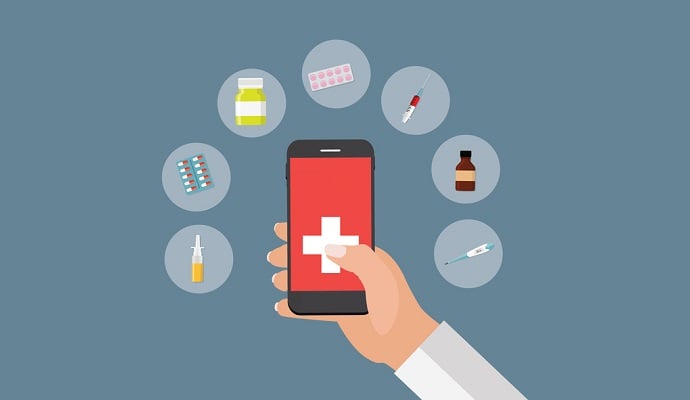An upgrade or change of vendor for an electronic health records (EHR) system is a major IT initiative, and disruption is to be expected. The problem is that a hiccup in one business process can propagate causing disruption to your entire practice, or in this case, your practice's revenue cycle management.
Switching to an EHR software, whether from paper or a different EHR platform, can be exhausting and difficult regardless of how prepared you might think you are. Why? Because your go-live date is just the beginning.
You get through the planning, move onto the training (which is rarely a walk in the park) and then you have to handle all of the unexpected challenges and glitches after your trainer leaves.
The negative financial effects of an EHR implementation, small or large, are overwhelming considering providers are already battling declining reimbursement. How can your practice avoid losing revenue during the transition to a new EHR?
Determine if There Are Process Inefficiencies You Can Fix Now
If you have process inefficiencies that aren't directly tied to your existing or forthcoming EHR system, they can still lead to revenue cycle problems during the transition period. For example, if your team is lax about verifying patient eligibility and there are problems that result in claims being denied due to lack of preauthorization, for example, the hassle of dealing with those denials will be compounded by the change from the old system to the new one.
A lack of continuity during the transition can cause incidents to slip through the cracks, resulting in the loss of revenues. Get business processes into shape before the EHR transition begins.
Involve Your Revenue Cycle Team at Every Step
Your clinical staff, of course, has to be trained in how to use the new EHR system so that patient care and billing is optimized. But don't neglect the impact a new EHR system has on your revenue cycle team.
In fact, the revenue cycle team should be kept informed at every step of the EHR implementation process. If you have an EHR transition team that includes clinicians, IT people, and vendor reps, include a point person from your revenue cycle team to voice their concerns and communicate what is happening at every stage.
Everyone who interacts with the revenue cycle should understand how their processes may change with the new system, and should undergo extensive training on it as well.
Ensure Everyone Knows the Revenue Cycle Is a Priority During the Transition
While patient care will remain the top priority with both the old and the new system, it is important to communicate that keeping the revenue cycle on track during the changeover period must also be a priority. After all, you need to be bringing in revenue in order to keep your doors open for patients.
All personnel must be on top of their game in terms of making sure processes move along smoothly and efficiently. When processes like eligibility verification, preauthorization, and denial management are prioritized no matter where in the transition process you are, error propagation is minimized and there will be fewer procedural messes to deal with once the new system is in place.
Take Baselines for Key Metrics and Monitor Regularly
Which key performance indicators (KPIs) does your practice regularly monitor? Common KPIs include
- Average AR days
- Claim rejection
- Adjusted collection rate
- Denial Rate
Measure baseline KPIs right before the transition to the new system begins and monitor them regularly once the transition is underway. In fact, you may elect to monitor them more frequently during the changeover so that trends or red flags can be assessed right away, before they can worsen.
Continue your vigilance in monitoring KPIs for the first week after the changeover so you can be confident you're seeing any problems early on.
In summary, a temporary loss in revenue isn't necessarily part of the price you pay when you upgrade your EHR system. By shoring up processes and taking precautions before and during the upgrade, you help ensure your team is ready for the challenge that changing systems brings.
By monitoring important performance indicators closely, you can spot problems early and address them before they propagate. The switch to a new and improved EHR software should deliver a healthier revenue cycle and smoother cash flow while allowing your clinical team to focus on patient care. Getting there doesn't have to be painful if you look at the entire package of switching your EHR system. Partner with a company that has a proven track record of helping practices switch and can help your practice keep the revenue cycle management process on track after the transition.
end-to-end rcm solution
Demand more from your revenue cycle.
Our integrated solution brings together robust data, intelligent claim handling, and performance consulting to guarantee a 10% increase in cash flow.







